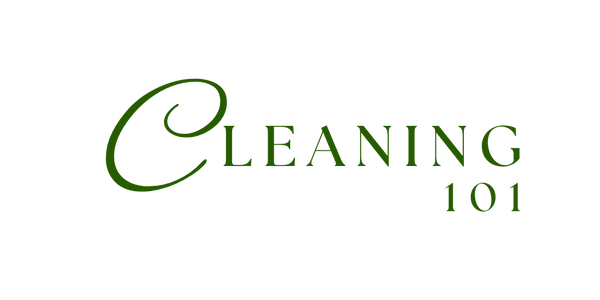What is COSHH and Do I Need to Worry About It?
Share
If you’re starting or growing a cleaning business, you’ve probably come across the word COSHH, and wondered what on earth it actually means.
The good news?
It’s not as complicated (or scary) as it sounds. In fact, COSHH is simply about keeping people safe when you’re using cleaning products and chemicals.
In this post, we’ll walk you through the COSHH basics. What it is, why it matters, and what you actually need to do about it.
First things first: What does COSHH stand for?
COSHH = Control of Substances Hazardous to Health
It’s a UK health and safety law that’s all about making sure people aren’t put at risk by substances that could cause harm, including many of the products you might use in day-to-day cleaning.
Think:
Disinfectants
Bleach
Descaling solutions
Oven cleaners
Air fresheners
Even some sprays you might think are “mild”
If it’s a chemical that could irritate skin, harm lungs, or cause a reaction, then it likely falls under COSHH.
So… do you need to worry about COSHH?
Short answer: Yes, if you’re using any kind of cleaning product in a professional capacity.
That includes:
Domestic cleaners
Commercial cleaners
Deep cleaners
End-of-tenancy and move-in/move-out specialists
Anyone using cleaning products in clients’ homes or premises
Even if you're just starting out as a one-person business, you still have a legal responsibility to understand and follow COSHH guidelines.
But don’t panic, this doesn’t mean you need a degree in chemistry or endless paperwork.
What COSHH means for your cleaning business
Here’s what you need to be doing, in plain English:
1. Know what you’re using
Make a list of every product you carry or use on a job including sprays, solutions, and any concentrates. You’ll need to keep hold of the Safety Data Sheets (SDS) from the manufacturer (these are usually downloadable online).
2. Store and transport them safely
Keep products in their original containers with labels intact. Avoid transferring chemicals into unmarked bottles or carrying strong products in hot cars or enclosed spaces without ventilation.
3. Keep a COSHH Assessment Record
This is just a form or table that records each product you use, its hazards (e.g. irritant, corrosive), and how you’ll reduce risks, like wearing gloves, ventilating the space, or using a diluted solution.
We have created a COSHH Assessment Record Template to make this easier - COSHH Assessment Record Template
4. Train yourself (and your team if you have one)
Even if it’s just you for now, you should be familiar with:
What to do if a product gets in someone’s eyes or on their skin
Proper dilution methods
How to protect your skin, eyes, and lungs when using stronger chemicals
Why it matters (beyond the legal bit)
Yes, COSHH is a legal requirement. But more than that, it helps you build a professional, safe, and trustworthy business.
Clients (especially commercial ones like schools, medical practices, and offices) want to know they’re hiring someone who takes health and safety seriously.
By getting COSHH right from the start, you’re showing that you care about your customers, your team, and yourself.
Need a hand?
We know this stuff can feel a bit “official”, so we’ve made it simple.
Our COSHH Basics Guide includes:
What is COSHH?
What substances does COSHH cover?
Key employer responsibilities under COSHH
Key components of a COSHH risk assessment
COSHH hazard symbols
Safe storage tips
PPE essentials
Preparing for emergency
Grab your copy here - COSHH Basics Guide
Final Thought: You’ve got this
Every cleaning business starts somewhere, and getting the foundations right early on saves you stress down the road.
COSHH might sound like one of those “big business” things, but it’s really about taking care and being prepared. And now? You’ve got the knowledge to do just that.
Need help getting your health and safety bits in order?
Feel free to book a 1:1 call with us and we will be happy to walk you through it step by step.
– Taylor
Cleaning 101
